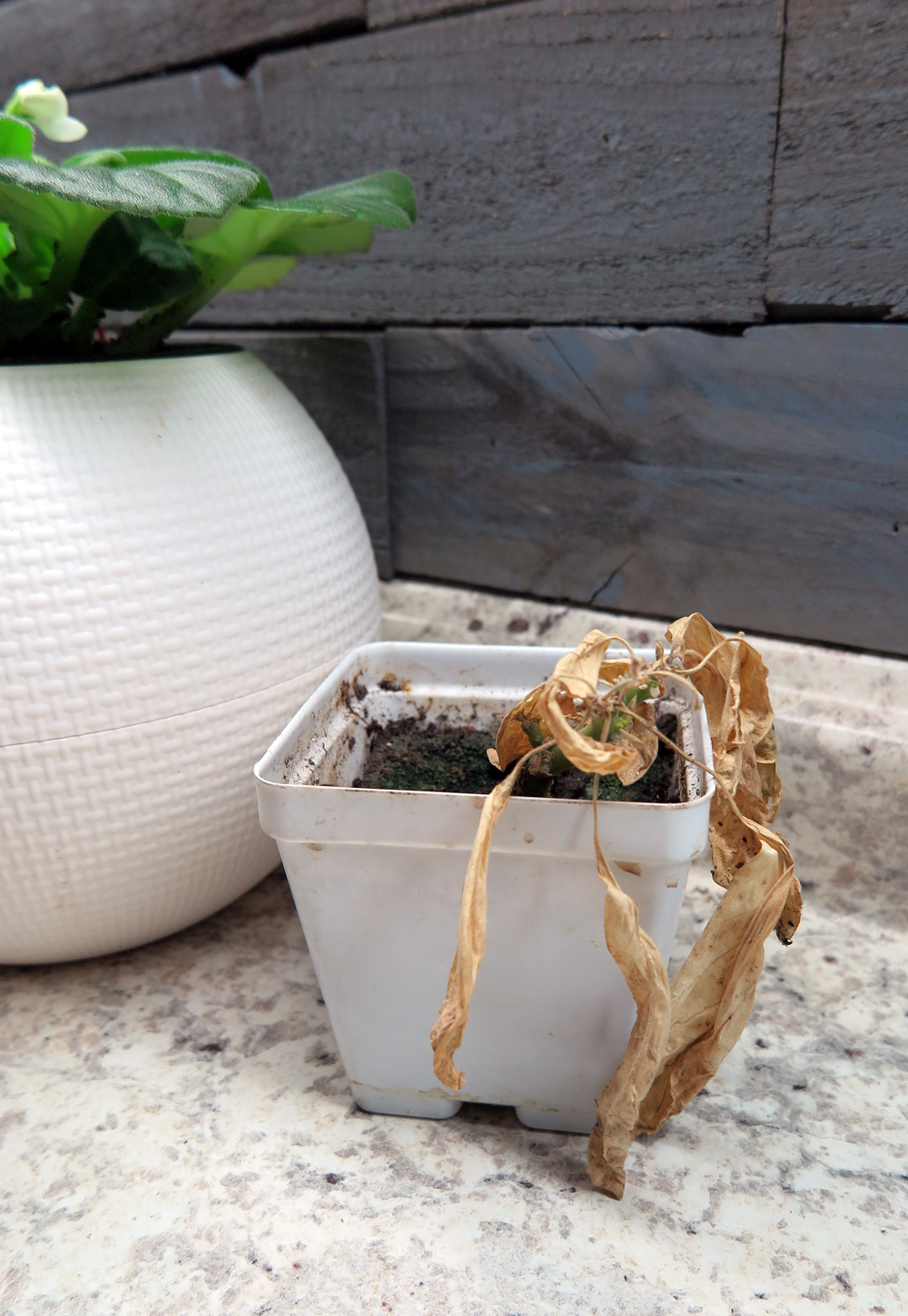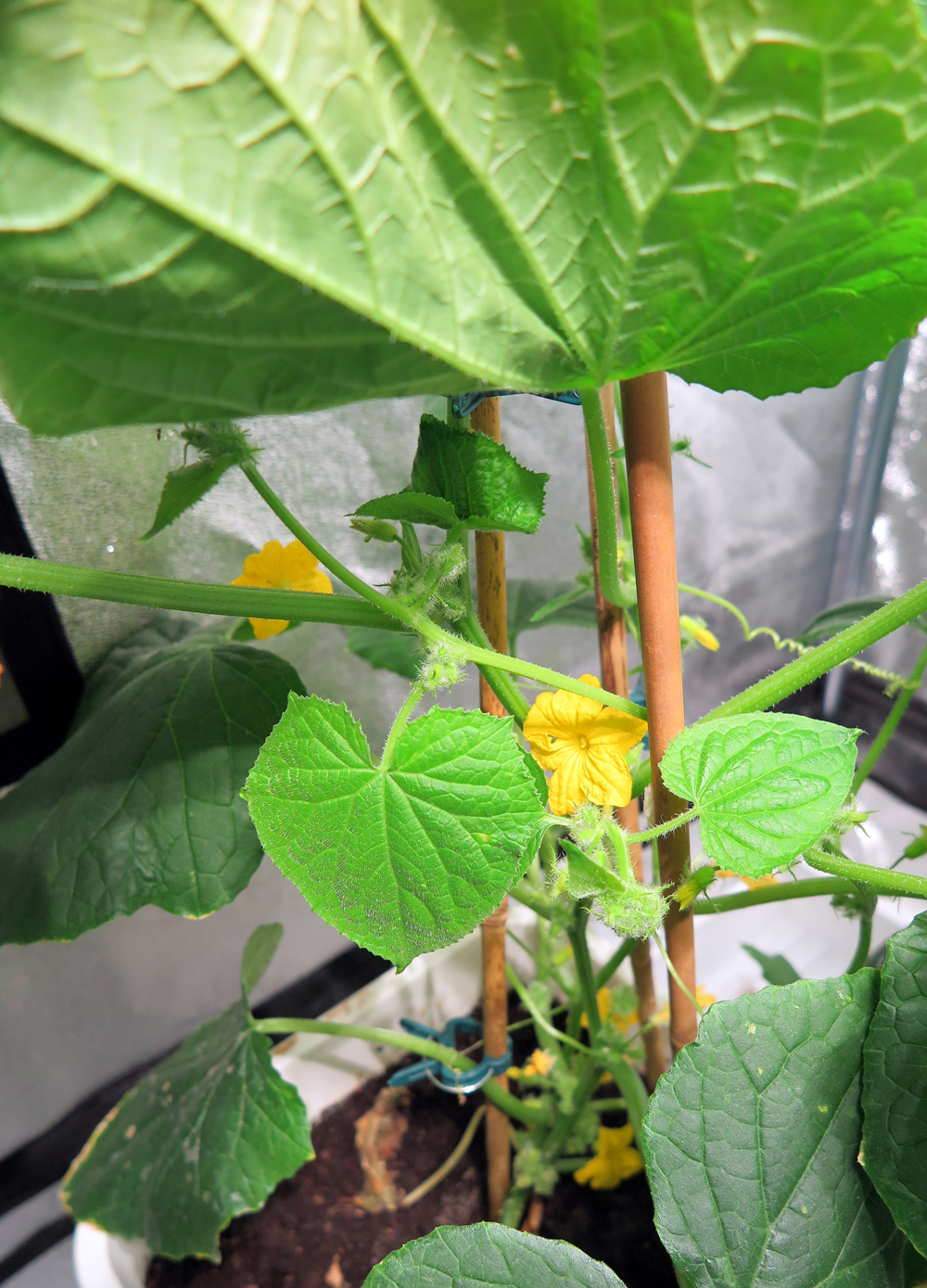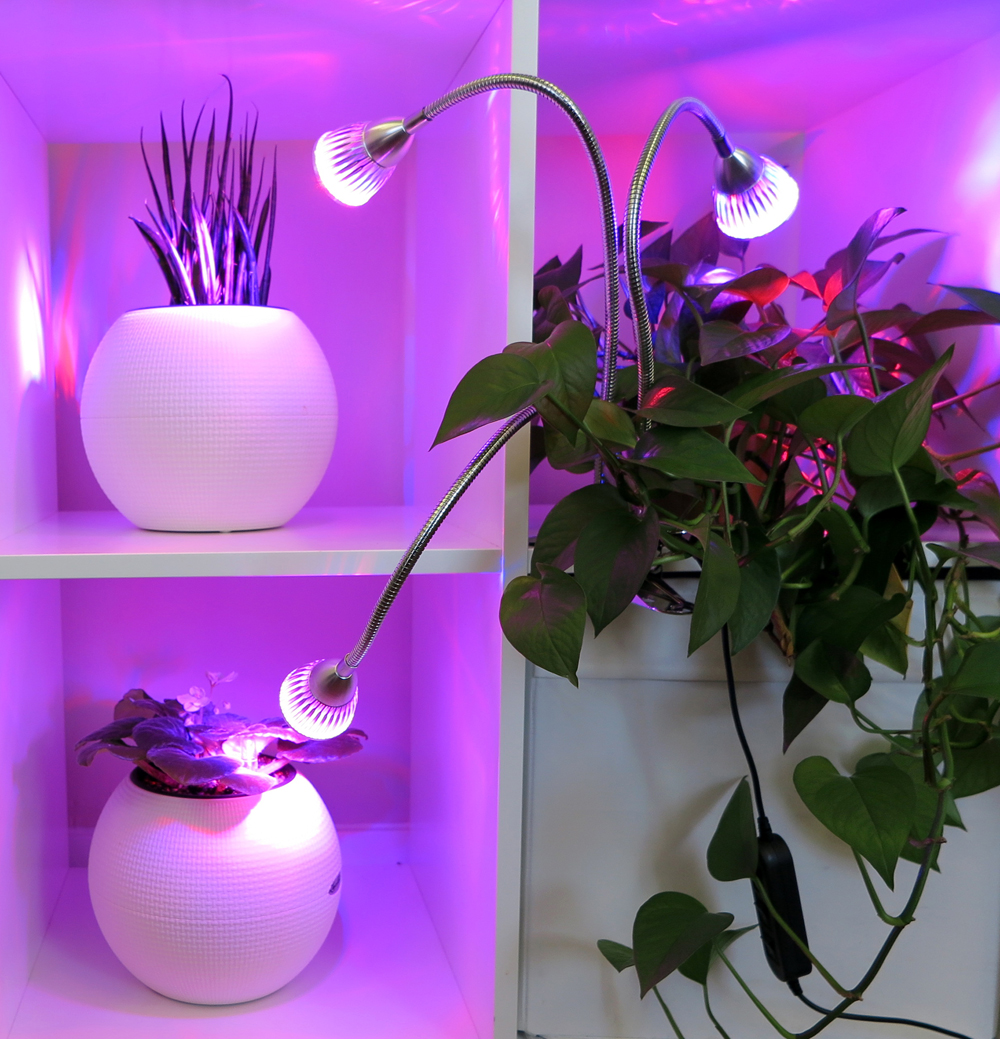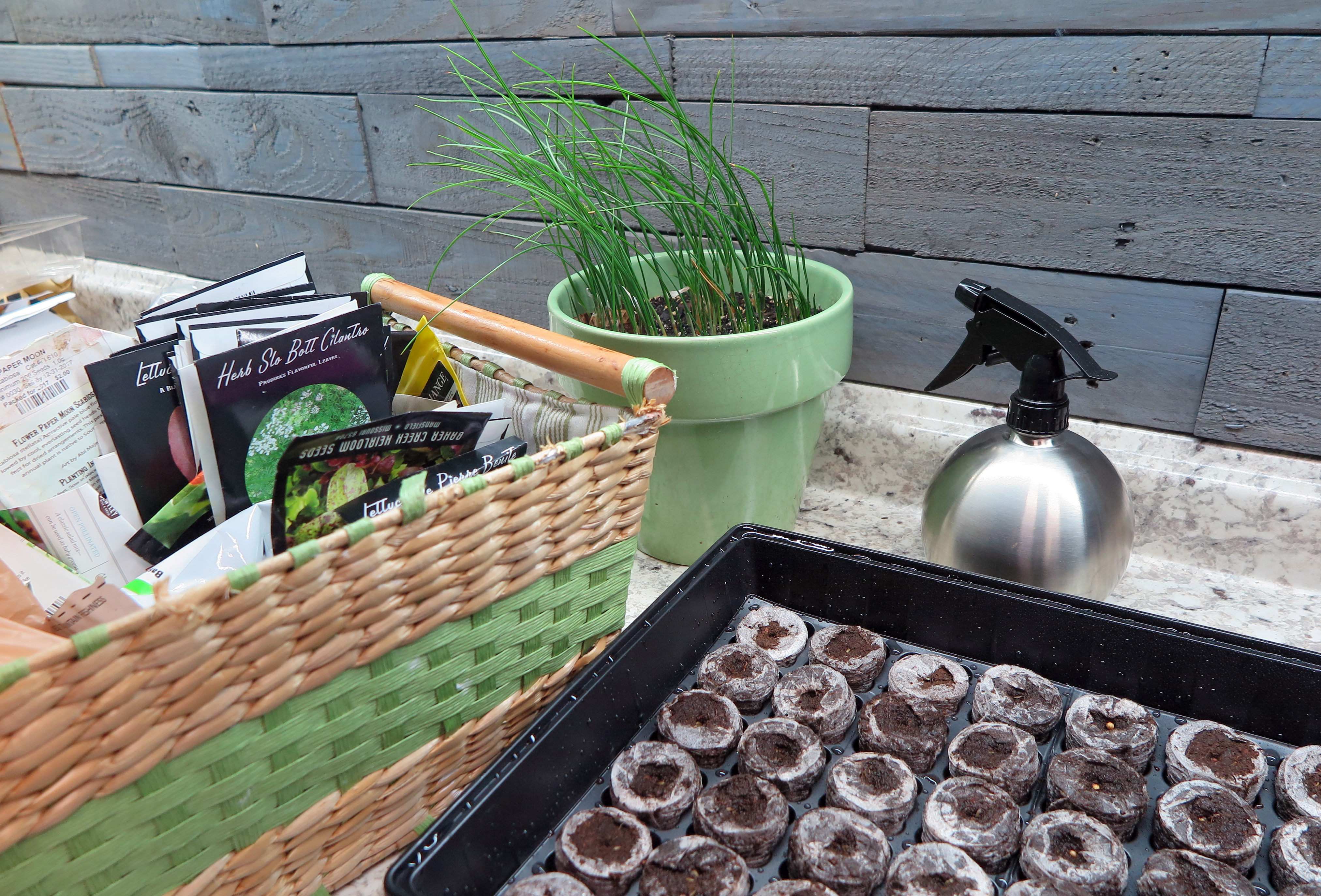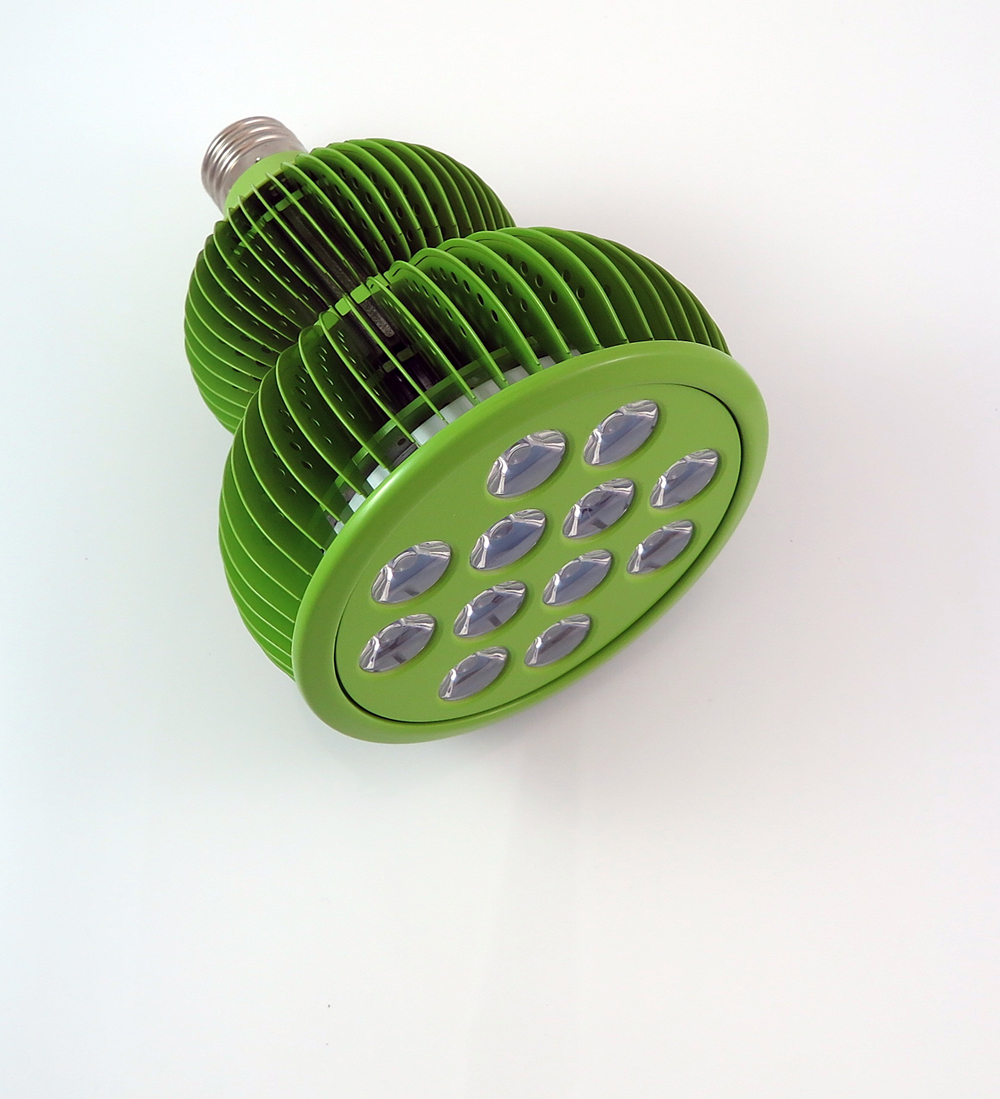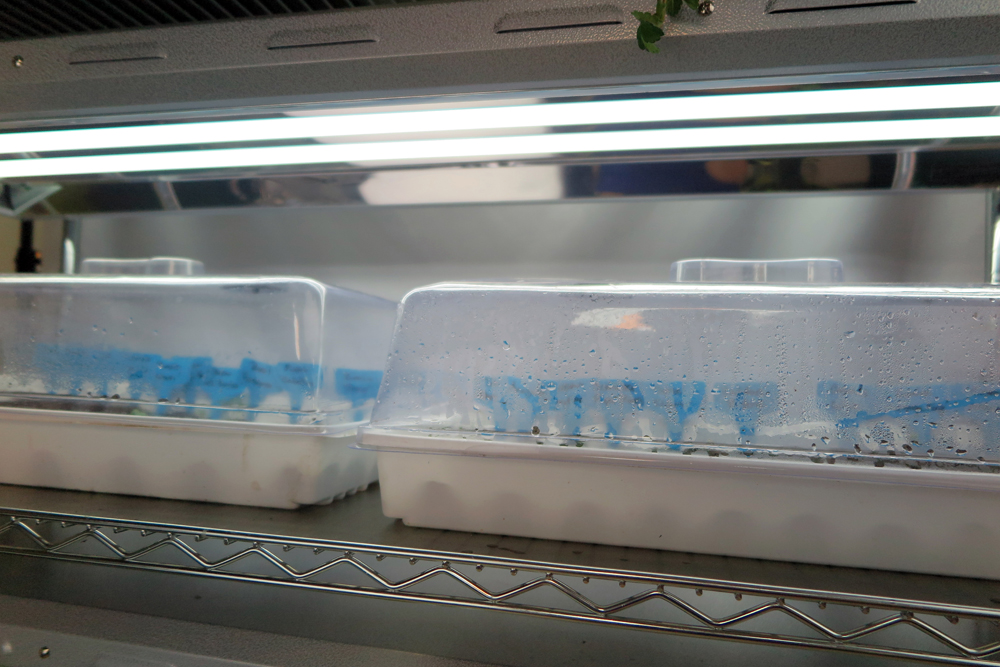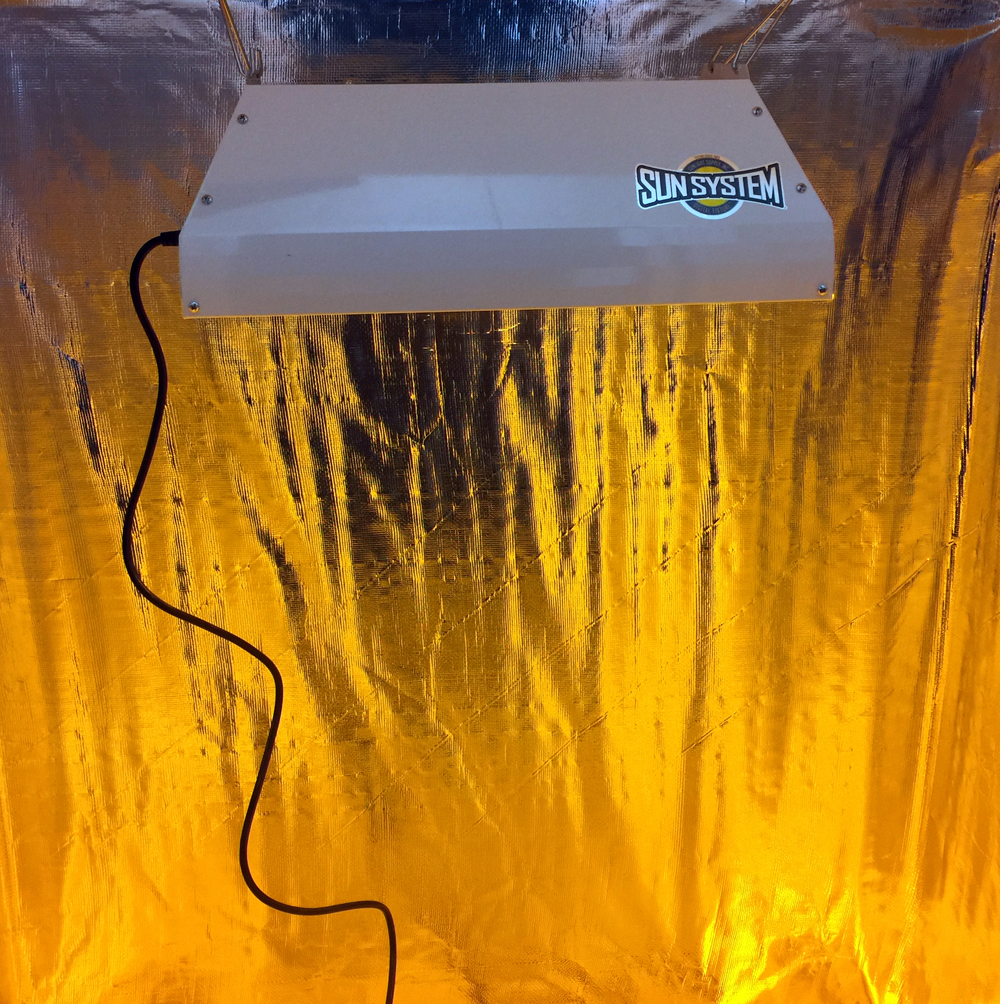How to Fertilize Citrus Trees
September 23, 2018
Citrus trees are heavy nitrogen feeders. Choose a fertilizer with a 2:1:1 or 3:1:1 ratio. There are special fertilizer blends labeled for citrus plants.

Key Limes
PC: Leslie F. Halleck
Apply a fertilizer to the soil at planting time, then fertilize monthly during the active growing season (late winter through summer) and once every two months during fall and early winter.

